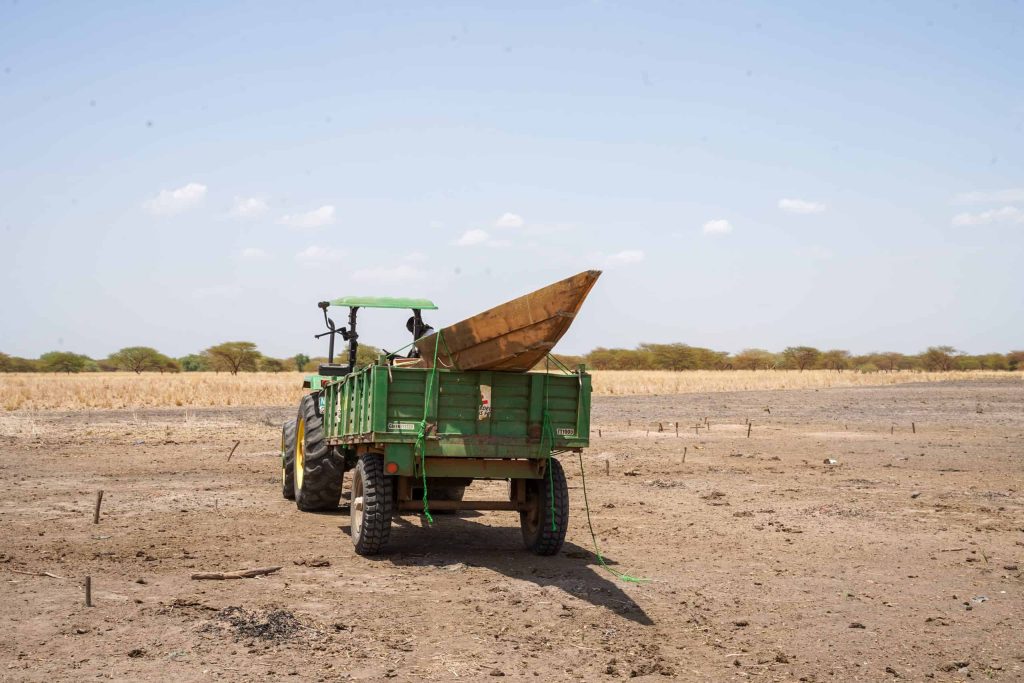In a parched landscape, an MSF tractor roars as it approaches a small village in Dentiuk, in South Sudan’s Upper Nile state. It is towing a trailer to which a creaking wooden canoe is strapped. “Are you sure we are in the right place?” asks the driver.
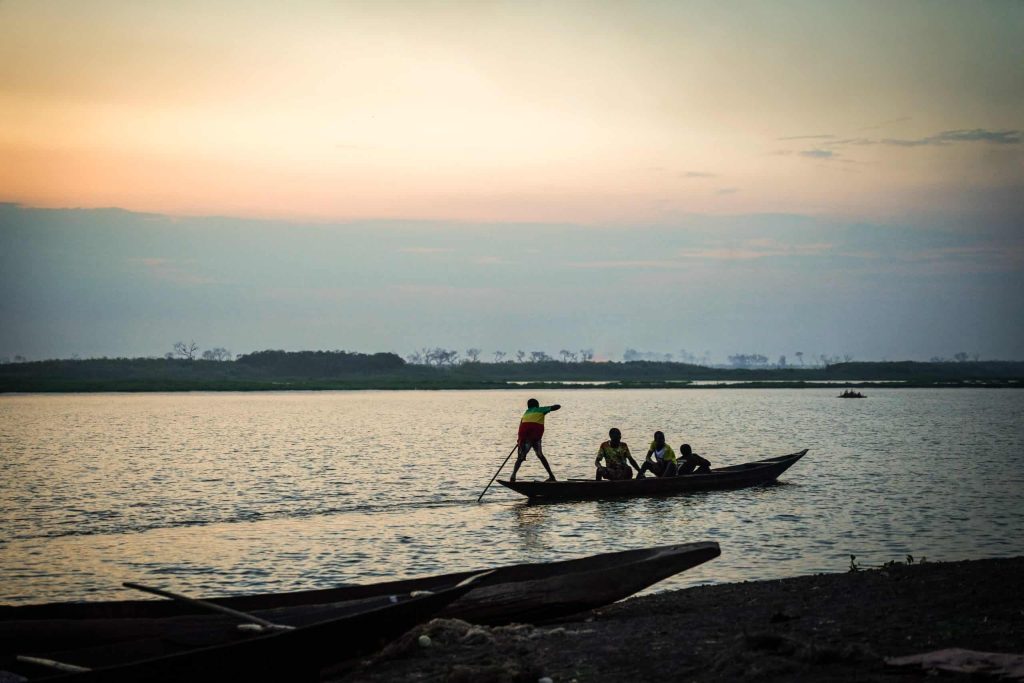
The village is one of 11 in Upper Nile state which have been given canoes by Médecins Sans Frontières/Doctors Without Borders (MSF) to help transport sick people and expectant mothers during the rainy season, which usually runs from June to October.
This year’s rains have not yet arrived, but seasonal forecasts and climate change projections point to difficult times ahead. In May, the UN predicted that recent heavy rains in the Lake Victoria basin, coupled with the El Nino event expected later this year, will see parts of South Sudan experiencing severe flooding in the coming months.
Flooding has been a bane to South Sudan for many years, with the worst floods in the young nation’s history witnessed over the past four years, exacerbated by climate change. During the rainy season, floodwaters swept away entire villages, destroyed crops, drowned cattle and severely damaged infrastructure, while forcing hundreds of thousands of people from their homes.
Last year, a larger than ever portion of South Sudan was covered in water, and in some places the floodwaters have still not receded. In Bentiu, Unity state, the camp for displaced people is effectively an island protected by dykes, while some villages in Old Fangak, Jonglei state, are still under water.
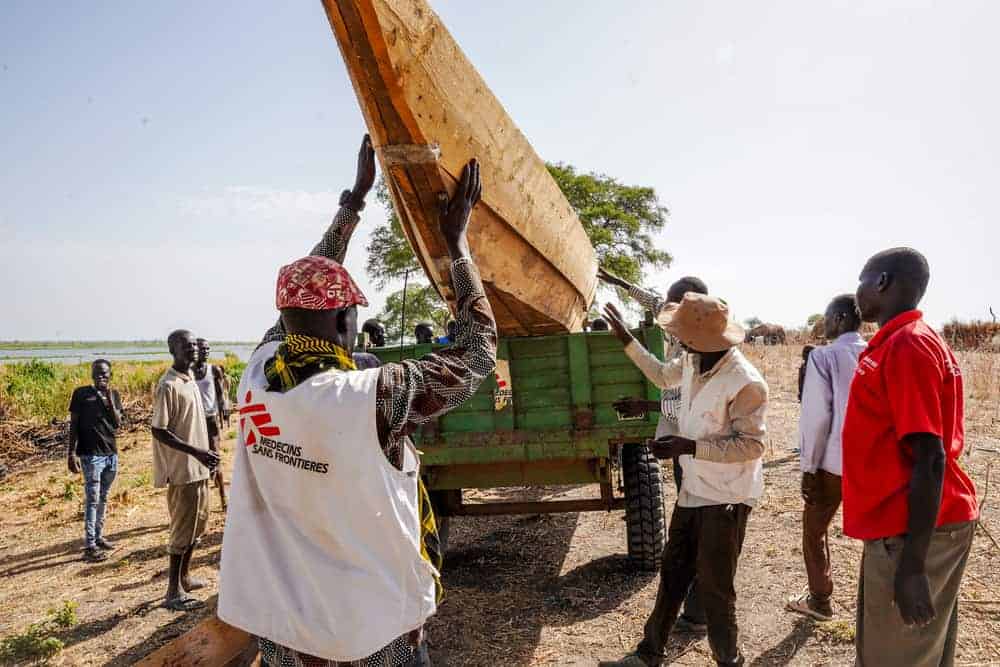

Mary Abur Thon, 26, was displaced from her home in Peldiarowei, Upper Nile state, by floods last August. She fled with her husband, their two children and their extended family to Akoka county, where the situation was marginally better.
For local people, the floods are a disaster, preventing them from accessing food and often isolating them in small, overcrowded areas devoid of infrastructure. Living out of doors, without mosquito nets and surrounded by the stagnant water where mosquitoes breed, dramatically increases people’s risk of contracting malaria, already the leading cause of death in South Sudan. The floodwaters contaminate water sources, raising the risk of waterborne diseases such as cholera and acute watery diarrhoea, while overcrowded conditions make it easy for infectious diseases to spread. Entire communities are cut off from access to medical care, putting many lives at risk.
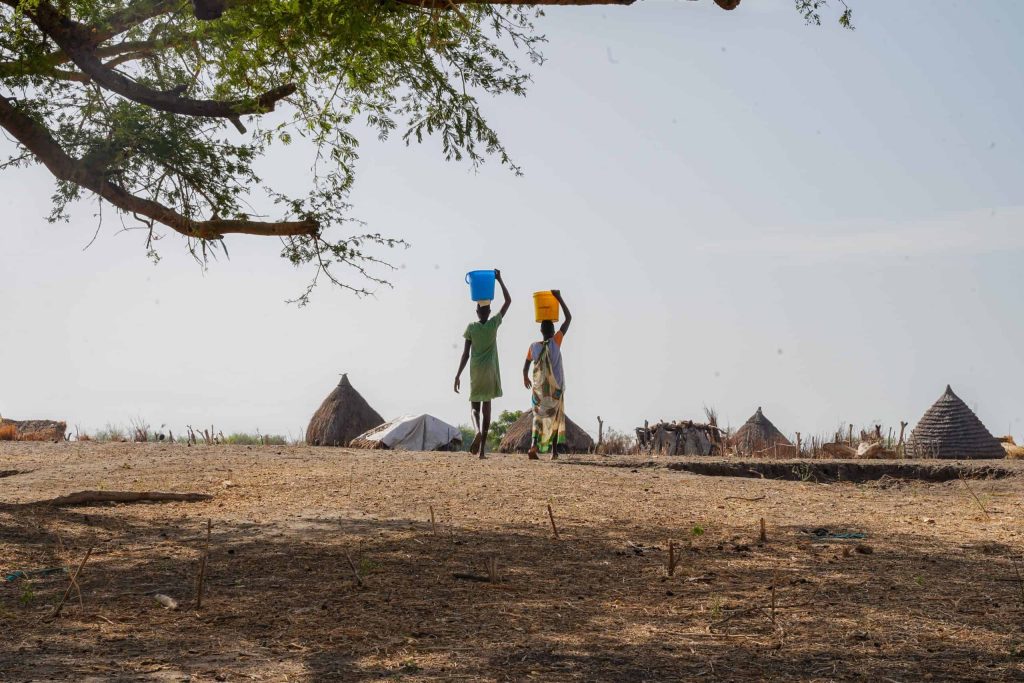
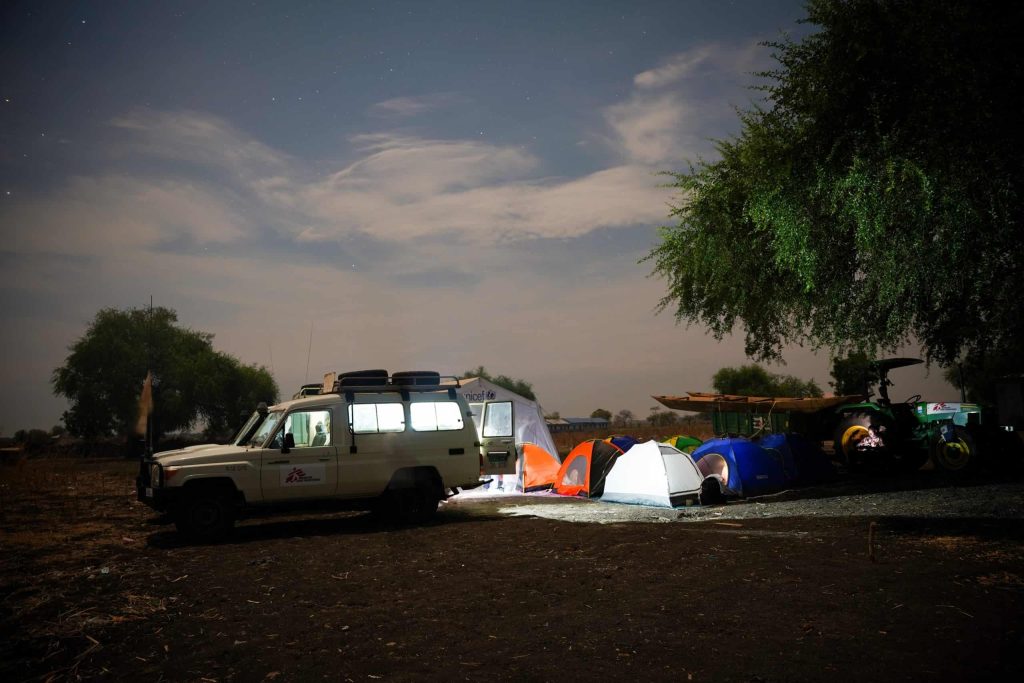
For aid organisations such as MSF, reaching people in need becomes increasingly difficult as floods sweep away or cover roads, bridges and airstrips. Against this backdrop, MSF has been helping communities prepare for the rainy season, while helping ensure that they can still access medical care.


MSF has also been putting medical supplies in position in locations across the country, including in its projects in Upper Nile state, with a focus on the most vulnerable areas. By making sure that medications and supplies to treat malaria, waterborne diseases and infectious diseases are safely stored and readily available, MSF teams hope to be able to contain any future outbreaks early on and stop them from spreading.
To help communities provide the first line of care in emergency situations, MSF teams are also training key members of remote communities in medical skills, from basic first aid to advanced care, including supporting pregnant women during labour and assisting deliveries.
Given the scale of flooding in the past four years, it seems that massive floods are a new reality for South Sudan. Addressing the myriad complex challenges this raises will require concerted efforts by authorities, donors and the humanitarian community, both to ensure that people have access to medical care, and to anticipate and address the consequences of future climate change in the region.
